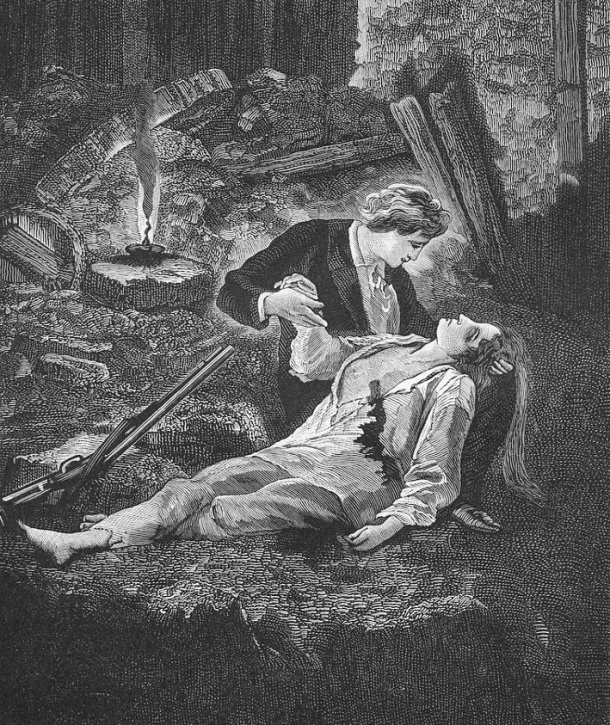
by Carla Dominguez
Misery lit is a strange genre. The term, ostensibly coined by The Bookseller magazine in the late 2000s, is used to describe biographical literature mostly concerned with the protagonists’ triumph over personal trauma or abuse. Although misery lit as a genre encompasses many types of traumatic stories, the most common storyline is about someone’s life as a child: children with abusive parents, children with absent parents, children with near-death experiences, etc. By the end, there is some sort of emotional catharsis, survival, redemption, escape from the abuse or situation. The genre encompasses books such as Running with Scissors, Angela’s Ashes, and The Painted Bird.
It makes sense that people who have dealt with intense personal trauma would find writing about it to be healing. Toni Maguire, author of the top seller Don’t Tell Mummy, a memoir about being the victim of her father’s sexual abuse, says that after completing her book she doesn’t feel as guilty about her past. She says, “Writing helped me deal with the past. If readers take one thing away from reading the book I’d like it to be that they normalize the victim. … People have got to realize that it is not shameful to be a victim.”
But why do so many people want to read it?
In A Child Called It, the narrator is beaten on an hourly basis by his alcoholic mother, forced to drink ammonia, stabbed in the stomach, burned, and dangerously underfed. This is not pleasant reading. It’s brutal and painful. Yet the books of the A Child Called It series spent more than 400 weeks at the top of the New York Times Bestseller’s list. These books were incredibly popular, but not because of the terrible events that the narrator has dealt with, but because at the end of many of these stories, readers will get a glimmer of hope. The characters survive their ordeal, escape their horrible predators, and, in some cases, seek justice. This catharsis in life is something that readers seek, and it makes it that much more appealing when it is presented to us as truth. As humans, we want to see other humans achieve, even in the worst circumstances.
The problem with the popularity of misery lit is that it gets abused. People will make stuff up—crazy, unbelievably awful stories—to take advantage of this human need for catharsis.
Monique de Wael, known as Misha Defonseca, made international bestseller lists by writing Misha: A Mémoire of the Holocaust Years, a story about about trekking through Europe at age six in search of her parents after they had been deported in 1941. She described how she had lived with wolves and killed a Nazi in self defense. Later, under duress, she acknowledged that yes, she had made it all up. She offered her reasoning for writing it as a true account: “It’s not the true reality, but it is my reality.” That is completely unfair to the readers that have connected with the author through her text.
It makes us question the authenticity of these other popular stories. A Child Called It, Sleepers, The Painted Bird, and Go Ask Alice are bestselling works that are either still under skepticism or have been discovered to be completely fabricated. These authors have been called out, so to speak, on using traumatic stories to make money, knowing that humans will pay for their need of catharsis in true stories. It might be difficult for the reader to feel connected a story of personal trauma if they have suspicions that parts, or all of it might be fabricated. Or worse: to have a connection with a story to find out later that it was all fabricated. It cheapens the connection between the reader and author, and it cheapens the actual true stories of survival.
(x)








